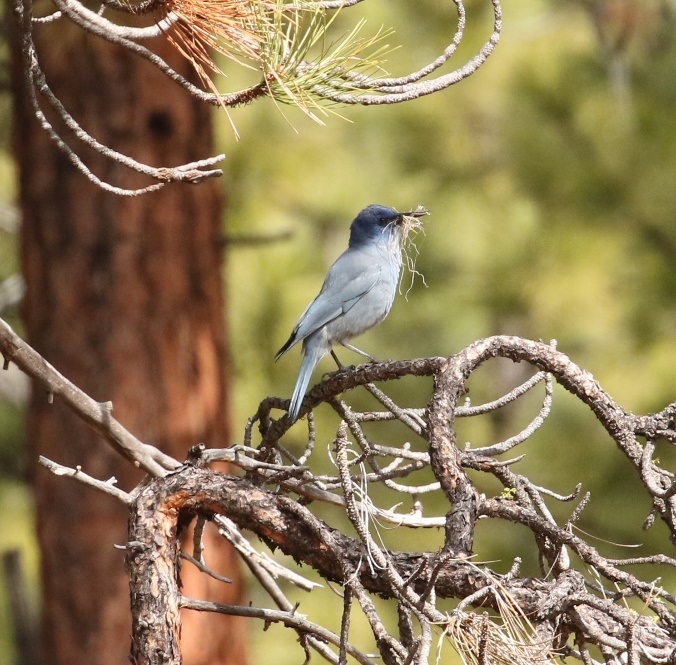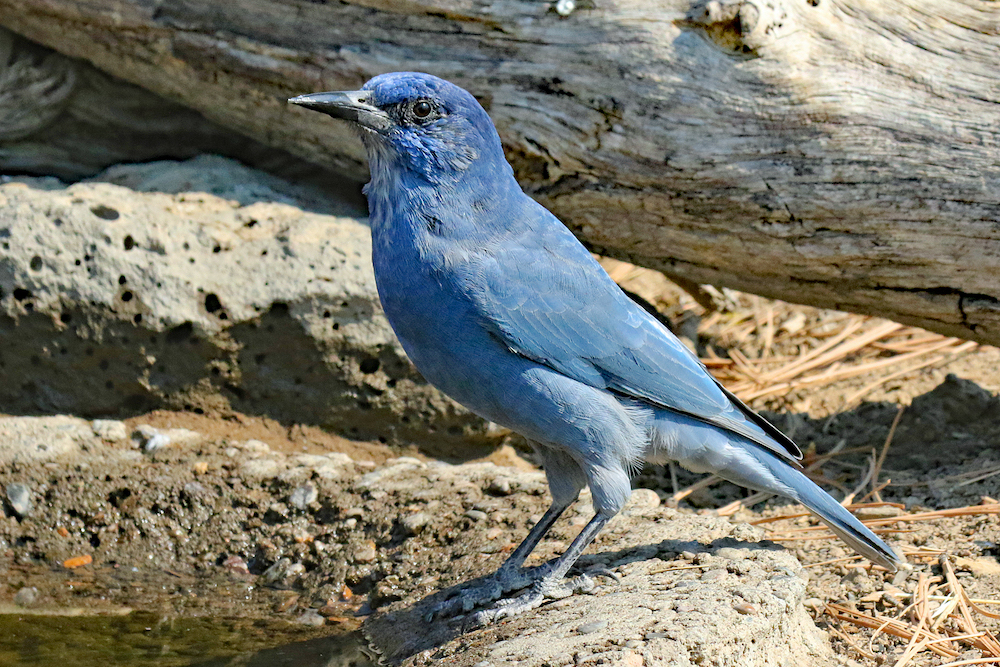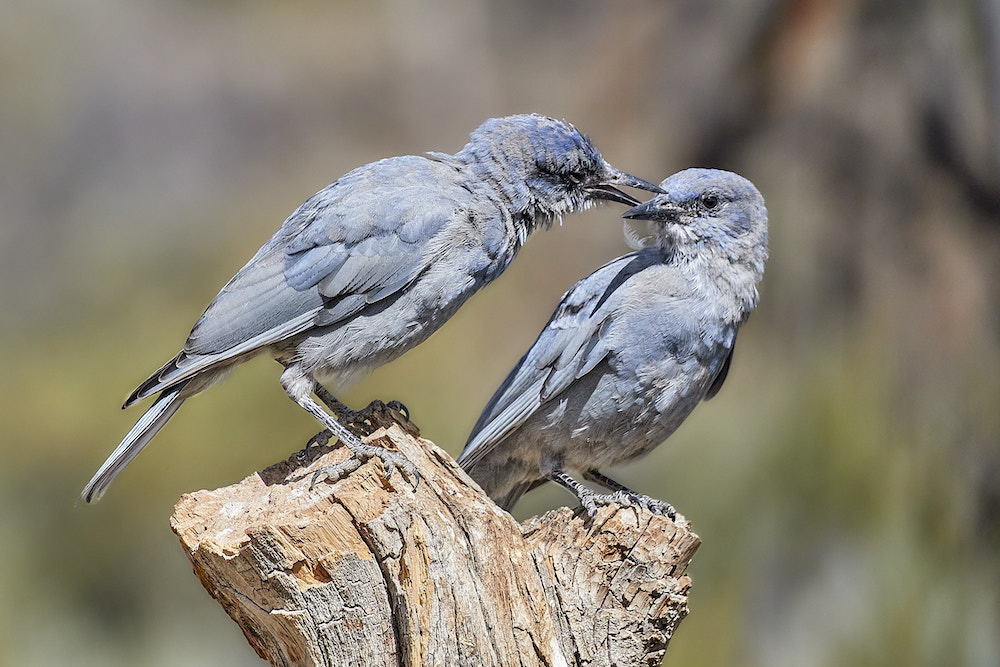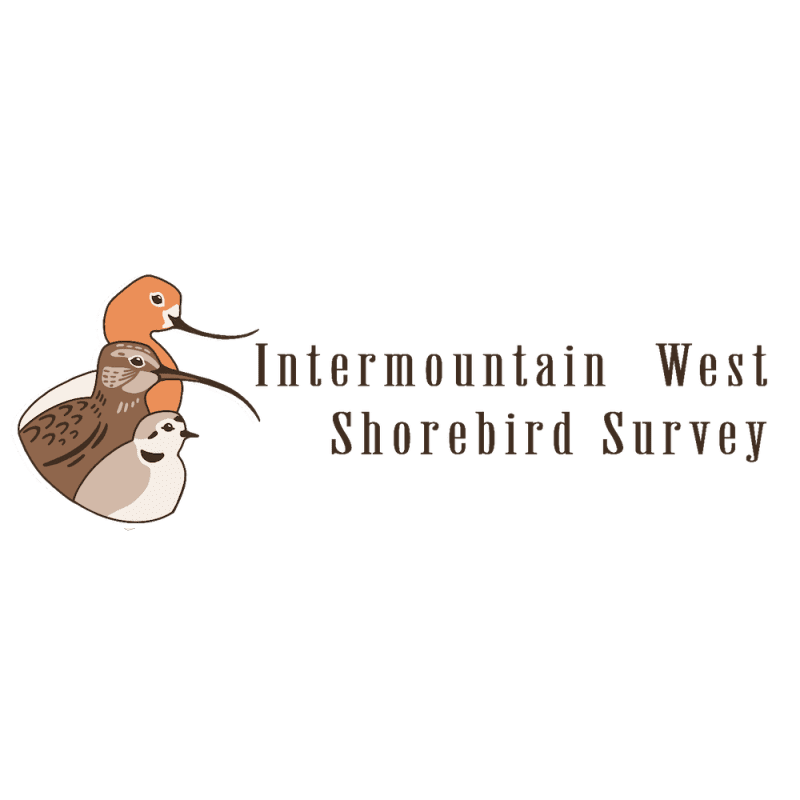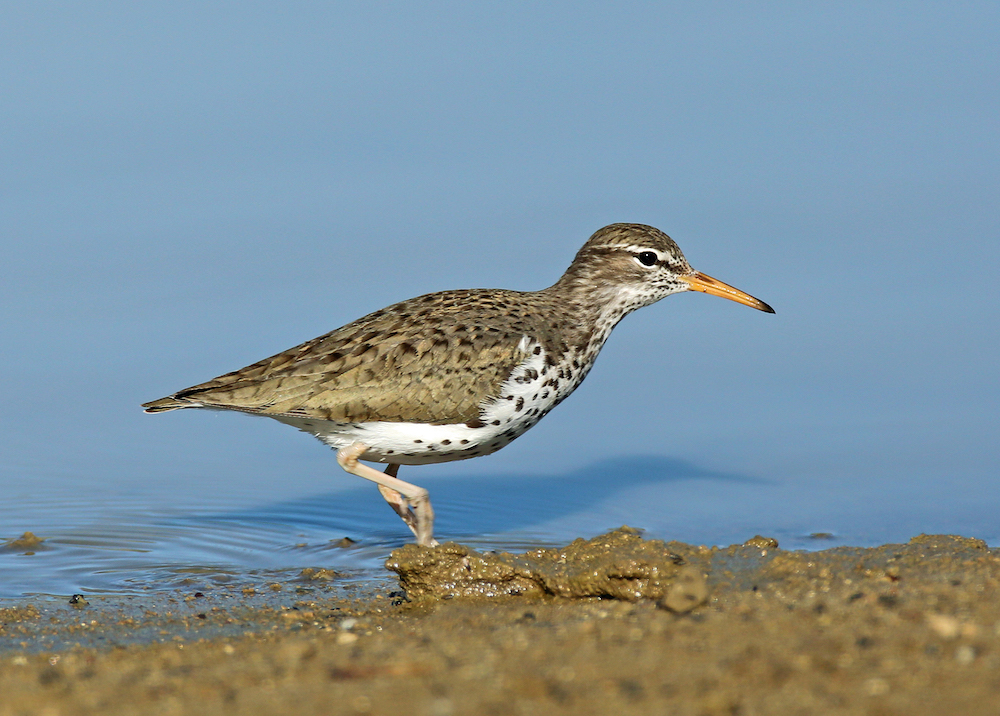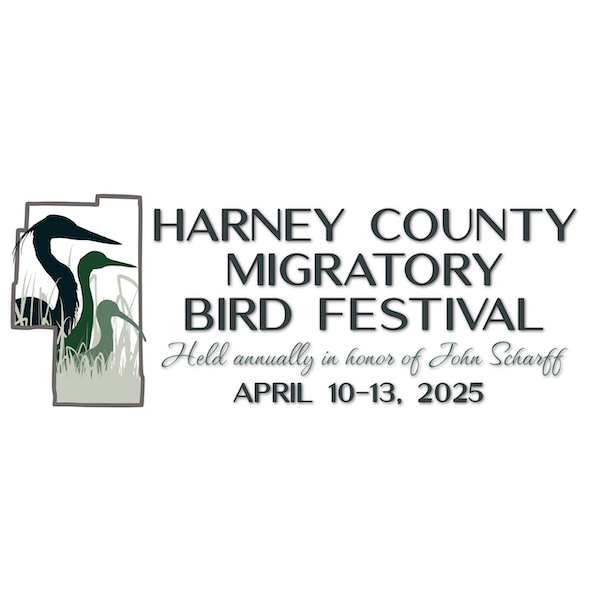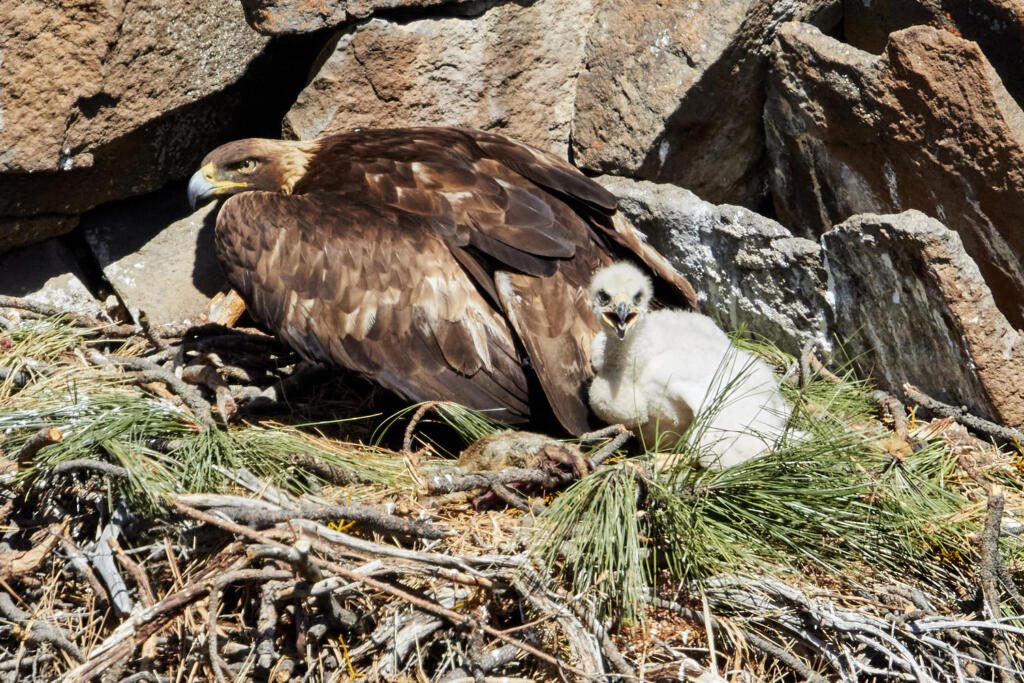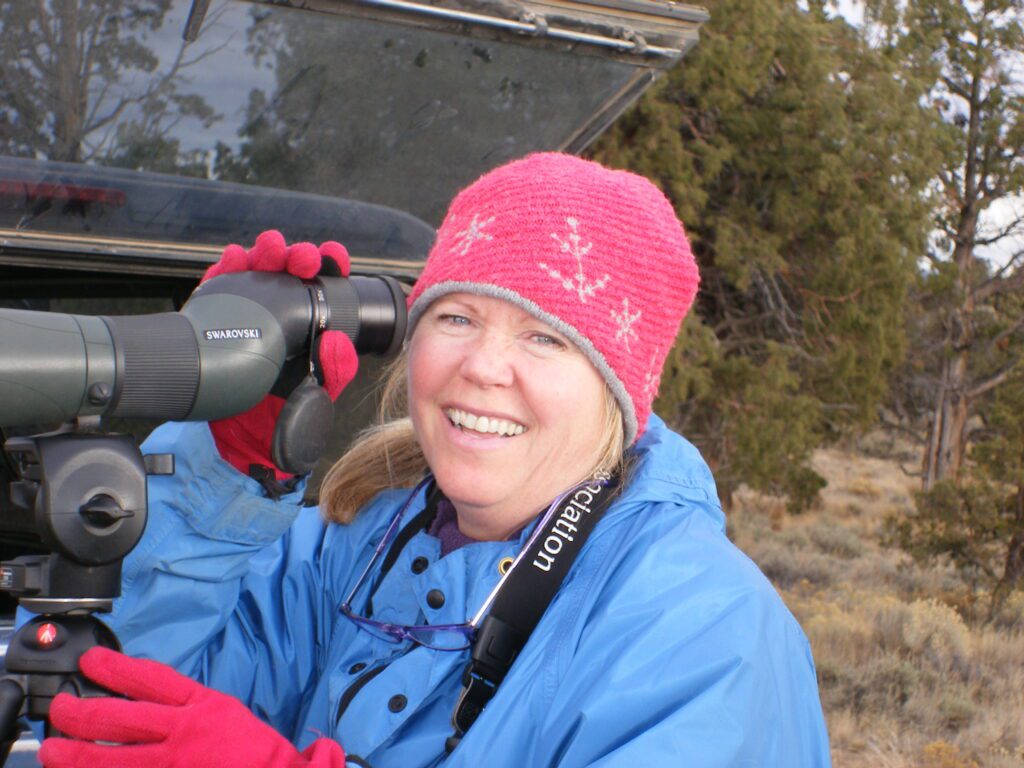Pinyon Jay (Gymnorhinus cyanocephalus) has suffered significant long-term population declines rangewide (over 80%) – the steepest declines of any bird in North America (Breeding Bird Survey 2023). While population trends in Oregon appear more stable than in the rest of its range, survey numbers indicate they might still be in a slight decline. Because of their decline rangewide, the United States Fish and Wildlife Service (USFWS) was recently petitioned to list it under the Endangered Species Act (ESA). This process will include a rangewide status review to determine whether Pinyon Jay warrants listing as an endangered or threatened species under the ESA.
In general, the Pinyon Jay is understudied, and life history information is poorly known. Pinyon Jay research has primarily focused on the bird’s behavior in other western states (New Mexico, Nevada, Utah, and Arizona), yet little is known in Central Oregon, especially since they are not reliant here on the presence of pinyon pine (e.g., Pinus edulis, P. monophylla). The jays here are associated with ponderosa pine (Pinus ponderosa) and juniper (Juniperus sp.) woodland vegetation types; seasonal use of these habitats is poorly understood.
To gather information for the rangewide status review, the USFWS and the East Cascades Bird Alliance (ECBA) are partnering to set up a volunteer monitoring program to help survey for nesting Pinyon Jays in areas within and surrounding Bend, Sisters, and Redmond. ECBA volunteers would be trained by USFWS staff to use specific monitoring protocols created by the Pinyon Jay Working Group. Volunteers will also be trained in the use of the Great Basin Bird Observatory (GBBO), Mobile Survey App for Pinyon Jay. ECBA and GBBO trained members on the use of this App in April 2024; since then, our birders have been using it to collect presence and absence data on Pinyon Jays in Central Oregon. More about the Survey App can be learned at: https://www.gbbo.org/community-science.
On Thursday, March 13, 2025, our Birders Night program will be about Pinyon Jay conservation. This talk will be followed by volunteer training for the surveys that would likely occur later in March with a half-day to a full-day training in the use of the nesting survey protocol and the mobile survey app. Training will be held both inside and in the field. Volunteers would need to commit to doing nesting surveys in the field (and the cold!) on three to four separate days from March 30 to May 15. It will be essential that volunteers have some birding skills and can minimize disturbance of the birds during surveys. USFWS will plan to return a few months later to search for more nests and collect additional data on habitat.
It is hoped that ECBA will be able to provide a small number of volunteers in 2025 as an initial trial of this volunteer monitoring program. If the initial trial is successful, a larger number of volunteers in 2026 could be used to provide more coverage and more data. We hope you’ll join us in this initial monitoring effort next spring. It will provide important information to conserve this declining species whose life history is poorly understood in Central Oregon.
More information on Pinyon Jays, their status, and conservation (including trend data, monitoring protocols, conservation strategies, and past Pinyon Jay research), can be learned from the Pinyon Jay Working Group at the following link:
https://partnersinflight.org/resources/pinyon-jay-working-group/
If you are interested in this Pinyon Jay project and would like more information, please send an email to: ecba@ecbirds.org Include your name and contact information (phone, email address) and on the subject line, put the words: PJ project.
Article written by Claudia Funari, Fish and Wildlife Biologist, U.S. Fish and Wildlife Service

